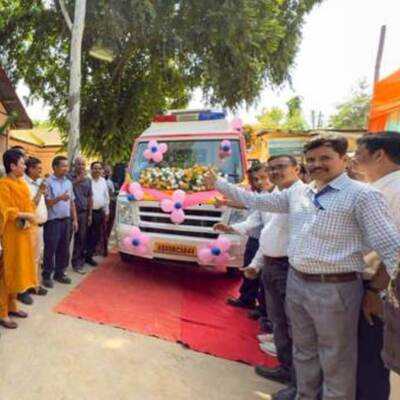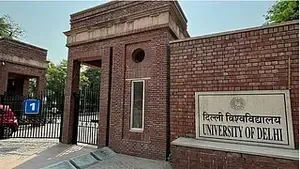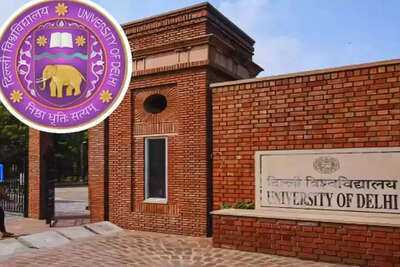India is set to debut the cutting-edge E10 Shinkansen bullet trains as part of the ambitious Mumbai-Ahmedabad High-Speed Rail (MAHSR) project, in a historic move that will see the same next-generation trains introduced simultaneously in both India and Japan.
In a statement released by Indian Railways, the government confirmed that Japan has agreed to supply its upcoming E10 Shinkansen trains to India as part of the 508-kilometre high-speed rail corridor. This marks a significant milestone in the strategic partnership between the two nations and reinforces India’s commitment to adopting world-class high-speed rail technology.
Currently, Japan operates the E5 series Shinkansen, but the E10 will represent the next phase in Japan’s high-speed rail evolution. The entire MAHSR project is being built using Japanese Shinkansen technology, and the introduction of the E10 trains underscores the project’s technological advancement.
Progress on the infrastructure front has also accelerated. Indian Railways announced the completion of tunneling for the first section of the 21-kilometre undersea tunnel between Mumbai’s Bandra-Kurla Complex (BKC) and Thane. Additionally, 310 kilometers of viaduct construction have been completed, with track laying, station development, bridge construction, and overhead electrification all underway.
The undersea tunnel, a key feature of the project, will host a station at BKC that the ministry calls an “engineering marvel,” located 32.5 meters underground and designed to support a structure 95 meters tall above ground.
With work on 15 river bridges completed and more in advanced stages, the bullet train corridor is rapidly taking shape. The Railway Ministry also emphasized that this project lays the groundwork for future high-speed rail corridors across India, hinting that similar projects are under active consideration.










